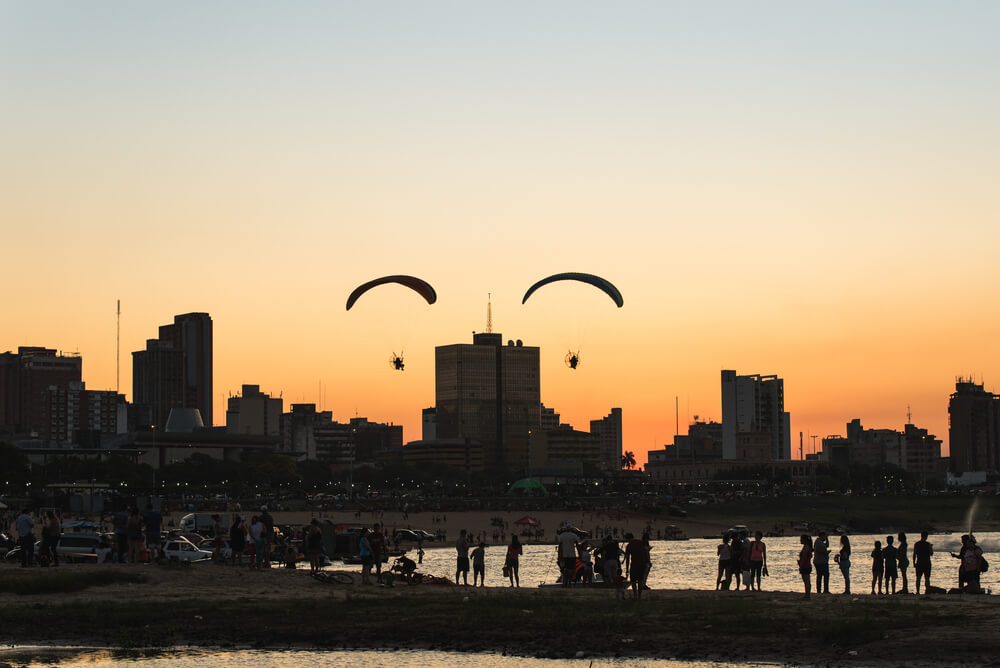SOCAP: the place where the citizens of Impact Land gather to discuss … what exactly? And who are these people, anyway?
This week on Returns on Investment our roving panelists deconstruct the annual Social Capital Markets conference, scene of a thousand meetings, hundreds of panels and dozens of parties. This week’s episode brought our three regulars together live, huddled in a dressing room behind the Cowell Theater, where they found that rarest of treasures: a quiet room in which to record.
Listen to the latest Returns on Investment podcasts.
“It’s definitely more of the idealistic, feel-good, entrepreneurial, aspirational, element of impact investing,” observed Imogen Rose-Smith, a senior writer for Institutional Investor magazine and a first-time attendee. “I come at it more from a traditional, institutional finance space.” SOCAP, she says, “is nowhere near as mainstream as some of the participants think it is.”
David Bank, editor of ImpactAlpha, a local in the Bay Area and a SOCAP veteran, says the same debate rages every year. “‘SOCAP is so left coast, funky, California, it’s not really for real investors.'” the argument goes, he says. “And every year some real investors show up and they say ‘Wow, there is something really going on here that is very valuable and is different from the usual buttoned-down Wall Street conferences I go to.'”
Listen to the latest Returns on Investment podcasts
The social capital marketplace did not really exist when the conference started in 2008. Eight years later, there is a real marketplace, with more marketplace players arriving each year. They arrive at SOCAP to tap the zeitgeist, pitch a deal, promote a new fund. Some want visibility and credibility, others to address global challenges.
Returns on Investment regular Brian Walsh, head of impact for the financial technology firm Liquidnet, wonders if the impact tent has gotten too large, and whether it makes sense to put the “finance first” and the “impact first” crowds in the same room. David sees that tension as healthy and creative. The more urgent dichotomy is small vs. big.
“Small is social enterprises, and heroic entrepreneurs, and small startup innovations. Big is deploying tens and hundreds of billions of dollars against green infrastructure, against conservation finance, against these categories that have not really developed the capacity to absorb the kind of capital that the big institutions have to deploy.”
“That is where this conversation has to go,” David says. “How can this very exciting and impactful small stuff become really big stuff?”











